Strategic Gardening
When winter breaks and the weather has turned, gardening season begins!
I published an article in the Charlotte news ‘Health Matters’ column discussing ‘Strategic Gardening’ – essentially, how to go after it without hurting your back!
Here are a few highlights:
I often find myself lecturing patients that many of our daily activities – such as gardening – should be approached as athletic events. Gardening, in many ways, is far more strenuous on your lower back than say, running a 10K.
Gardening is particularly hard on your lower back because of the repetitive and/or prolonged forward bending (flexion). The following graphs illustrate the inherent dangers:
Graph #1 – Repetitive Stress Leads to Injury – As tissues ‘fatigue’ with each cycle of ‘load’ or ‘strain’ (e.g., forward bending) the ‘failure tolerance’ (injury point) of tissues lowers. The ‘margin of safety’ eventually approaches zero, incurring injury. This accumulation is quicker with higher loads, but can accumulate with repeated lower loads.
Graph #2 – Prolonged Loads Lead to Injury – Sustained ‘load’ deforms and changes the tissues in your low back making you progressively more vulnerable to injury.
The key to performing potentially injurious activities without injury lies in understanding these phenomena. We can utilize 2 basic strategies: 1) Reduce the overall load to vulnerable structures (see specific strategies below); 2) Take rest breaks to interrupt the accumulation of tissue strain (graph #3)
Strategic Gardening:
Approach Gardening as an athletic event.
– Assume an ‘athletic posture’ Picture Serena Williams waiting to return a serve, or a world-class power lifter pulling 900lbs off of the floor. We don’t see ‘forward’ shoulders or ‘stooped’ mid-backs. We do see a wide stance. We do see a ‘strong’, straight spine.
– Warm Up Consider a brisk 5-10 minute walk. We could spend the entire column discussing considerations for proper ‘warm up’. The abridged version: consider some gentle backward trunk bending and some leg stretches that do not include bending the trunk forward (e.g., avoid ‘toe touches’… aim, in stead for some hip swings, quad/hip flexor stretches, etc)
– Gardening should not be a marathon It should be a series of relatively short bursts of activity with breaks. For those athletes out there – gardening should be ‘interval sessions’. Every 15-20 minutes or so, take a break (at least 2-3 minutes).
Get your body upright and walk around a bit. This is not just to rest muscles. A prolonged bent position makes the spine less tolerant of strain. Remember, we want graph #3, not graph #2!
Here is one option for a ‘Gardening Break’ series:
Use good mechanics.
– Bend at the hips not the back Yes, we’ve all heard this before – but it bears repeating! Although there are many factors to consider, I’ll highlight two. First, when a person bends forward from the spine, we observe the ‘flexion-relaxation phenomenon’. This is characterized by an initial activation of the low back muscles (both protective and beneficial) followed by a predictable relaxation of the back muscles. The strain is then re-distributed to the discs and ligaments stabilizing your spinal column. At this point, you can correctly assume you’re entering the ‘danger zone’.
– Absolutely avoid spinal flexion and twisting This is a killer combination for producing injury! Cadaver studies show that discs herniate much easier when forward bent under load when accompanied by even small amounts of rotation.
– Simply engaging (tightening) your abdominals muscles will not protect your back if you are in a flexed position While ‘bracing’ with the abdominals can be helpful in a properly trained person, it will only help create ‘stability’ if the spine is in a good upright (neutral) posture. It will not help when the spine is flexed. In fact, some studies have shown increased strain to the discs when bracing hard with abdominal muscles! So, while ‘bracing’ is good advice in certain situations (e.g., while standing upright and carrying a bag of dirt) it does NOT substitute for good form!
PICTURES –
Good Options:
Positions to Avoid:
Lighten the Load
Carrying weight in your hands causes heavy compressive strains on the low back.
Therefore:
– Minimize the ‘lever arm’ Carry objects (e.g. bags of dirt) close to the body. Carrying weight away from your body increases the strain felt in your low back exponentially.
– Make use of a garden cart or wheelbarrow to move heavy materials or tools
– Increase the number of loads Consider carrying more smaller bags of dirt and more frequent, smaller wheelbarrow loads.
Consider this: even in a good ‘squat lift’ position (perfect mechanics), a 50lb bag of dirt will impose a compressive force on the lumbar spine of over 1,200 lbs!
* Interesting side note – The spines of competitive power lifters have been shown to safely tolerate loads exceeding 4,480 lbs!
Other Considerations
– Avoid Gardening 1st thing in the morning The spine is particularly vulnerable to forward bending in the first 30 minutes of the day when the discs are swollen.
Studies have demonstrated a 300% increase in stresses to lumbar discs when bending forward in the early morning compared to later in the day.
So, have a cup of coffee and walk the dog first!
– A back brace may not be helpful Research into the protective ability of a back brace is mixed. To summarize, good advise will vary from individual to individual based on the chosen activity as well as the individuals conditioning and injury history. Take home message – do not rely on them.
– Change activity frequently Break up your ‘to do’ tasks in a way that promotes frequent changes of position, lessening back strain. (See ‘good’ options above)
– Avoid reaching forward Whenever possible, try to work ‘under’ you.
Last, some good common sense advice – listen to your body. Your back might be ‘done’ before your project is. Leave the project for another day!

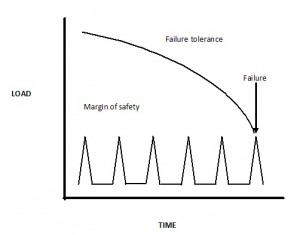
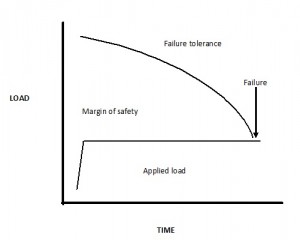
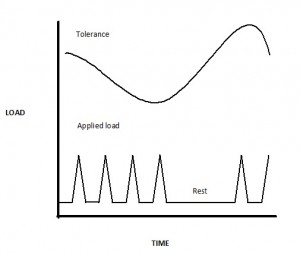
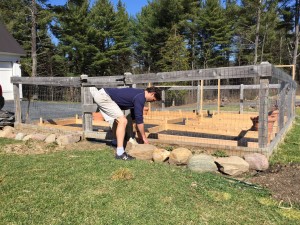
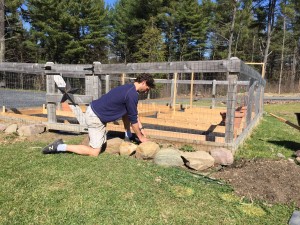
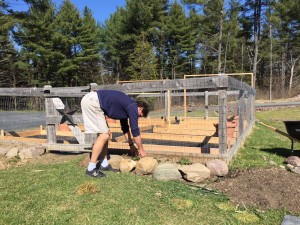
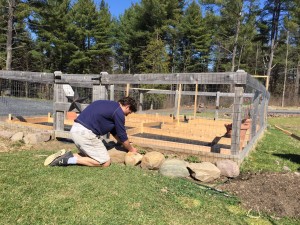


Leave a Reply
Want to join the discussion?Feel free to contribute!